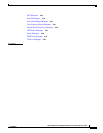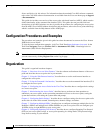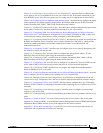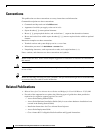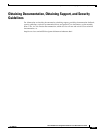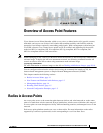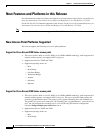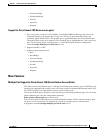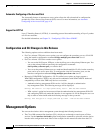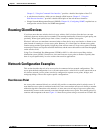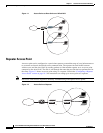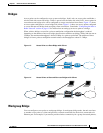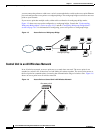
CHAPTER
1-1
Cisco IOS Software Configuration Guide for Cisco Aironet Access Points
OL-30644-01
1
Overview of Access Point Features
Cisco Aironet Access Points (hereafter called access points, or abbreviated as APs) provide a secure,
affordable, and easy-to-use wireless LAN solution that combines mobility and flexibility with the
enterprise-class features required by networking professionals. With a management system based on
Cisco IOS software, Cisco Aironet access points are Wi-Fi certified, and depending on the specific
model are 802.11a-compliant, 802.11b-compliant, 802.11g-compliant, 802.11n-compliant, and
802.11ac-compliant wireless LAN transceivers.
Note When booting up a 1530, 1700, or a 2700 series AP for the first time, it will boot up with a unified mode
software image. To deploy the AP in an autonomous network, use following command from the AP
console or telnet to force AP to reboot using autonomous mode software image.
capwap ap autonomous
For more information on software images on the AP, see Working with Software Images, page 20-18.
You can configure and monitor the wireless device using the command-line interface (CLI), the
browser-based management system, or Simple Network Management Protocol (SNMP).
This chapter contains the following sections:
• Radios in Access Points, page 1-1
• New Features and Platforms in this Release, page 1-2
• Management Options, page 1-4
• Roaming Client Devices, page 1-5
• Network Configuration Examples, page 1-5
Radios in Access Points
An access point serves as the connection point between wireless and wired networks or as the center
point of a stand-alone wireless network. In large installations, wireless users within the radio range of
an access point can roam throughout a facility while maintaining seamless, uninterrupted access to the
network.
Each access point platform contains one, two, or three radios. For more information on the radios
supported by each access point model, see the corresponding Access Point Data Sheet.



